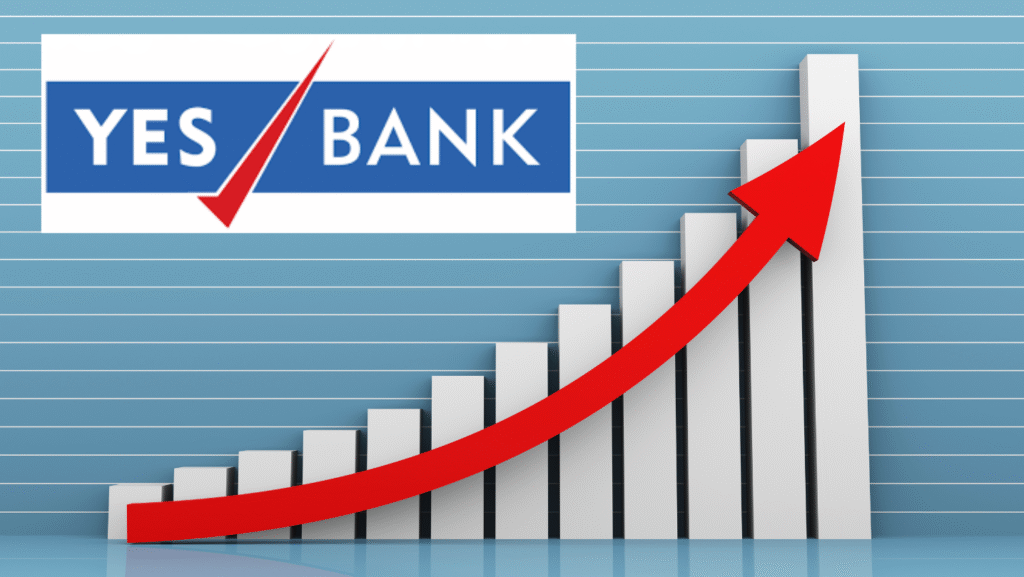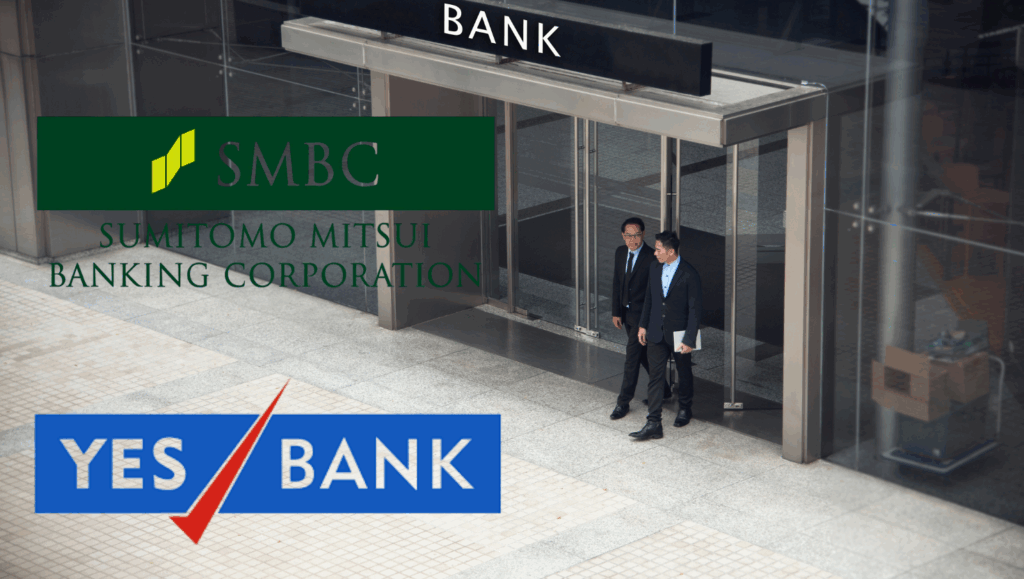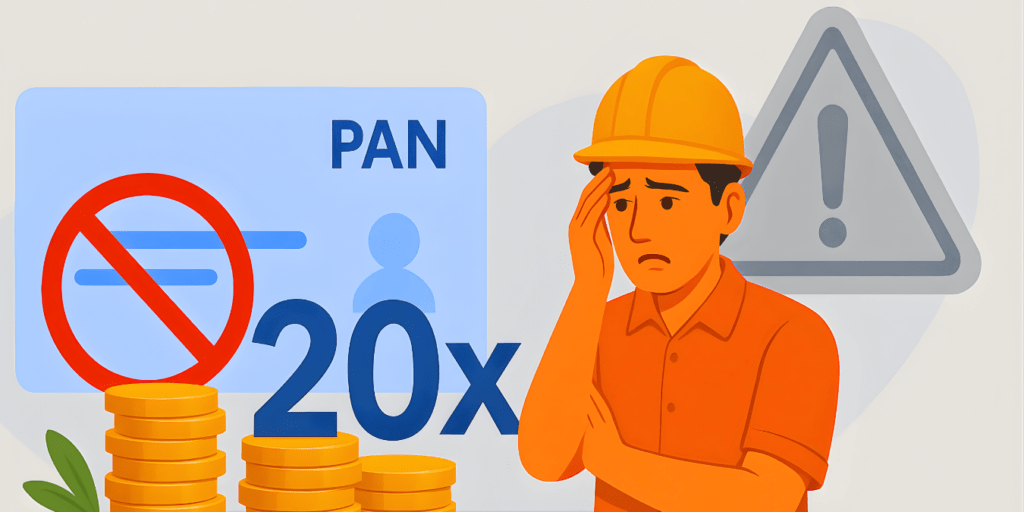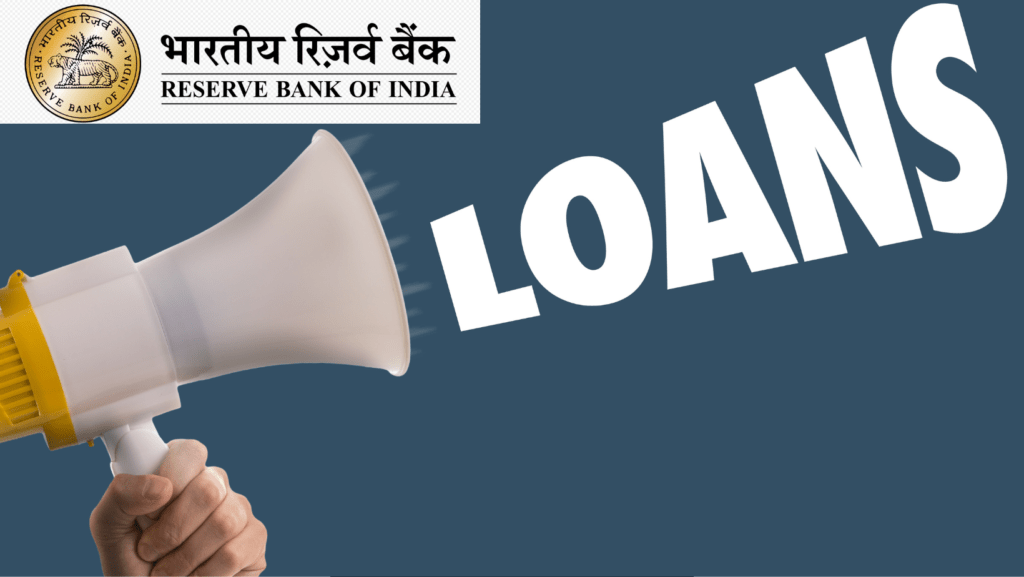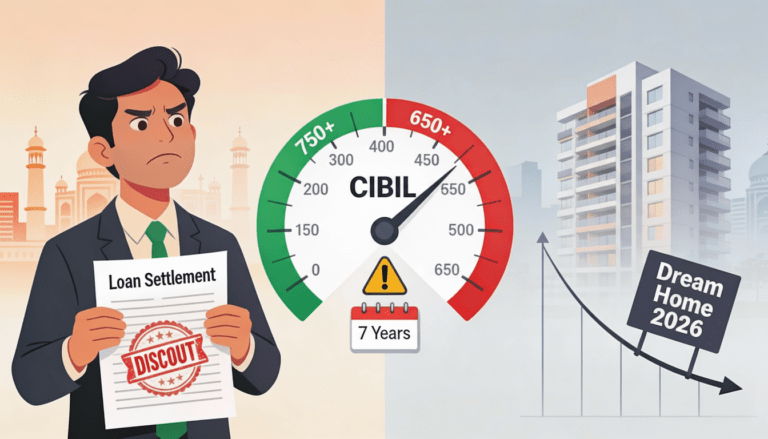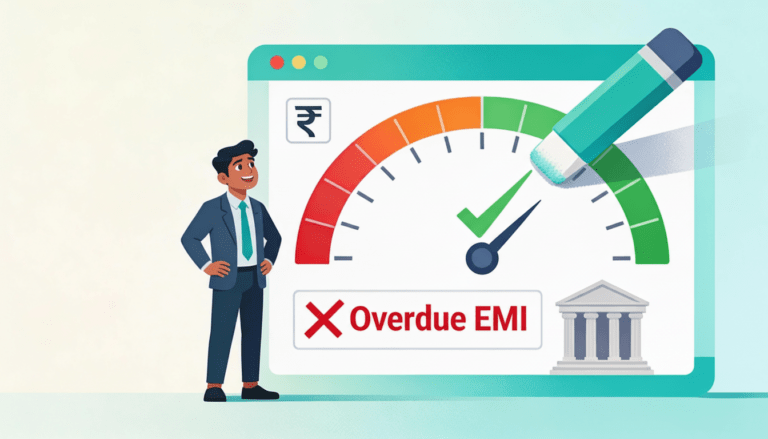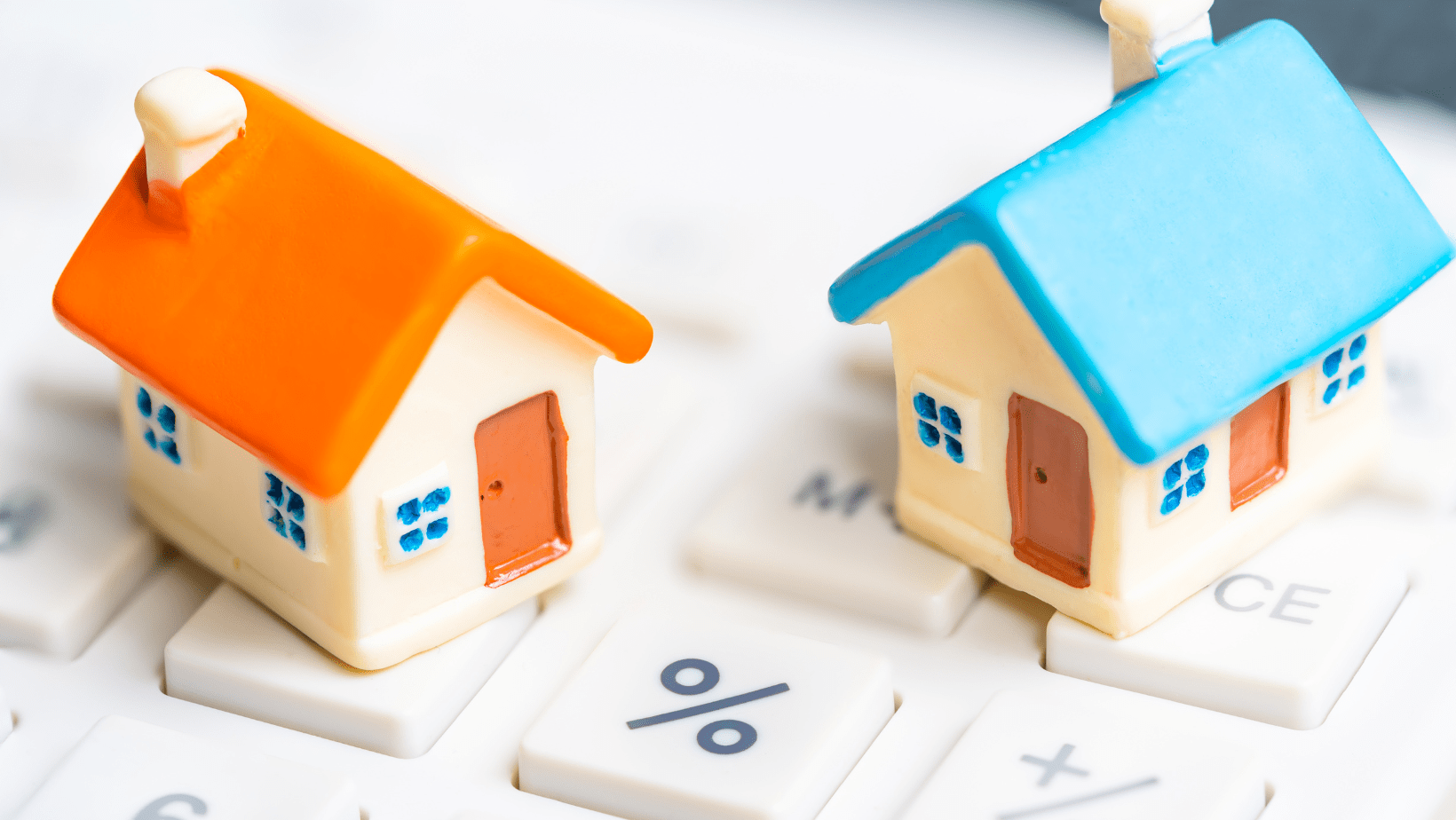
” Confused between fixed vs. floating home loan interest rates? Explore key differences, pros & cons, latest trends, and expert tips to choose the best option. Save more on your home loan with this comprehensive guide. “
When it comes to securing a home loan, one of the most critical decisions you’ll face is choosing between a fixed or floating interest rate. Both options have their unique advantages and potential drawbacks, and the right choice can significantly impact your financial future. In this comprehensive guide, we’ll delve into the intricacies of fixed and floating interest rates, providing you with the latest data and insights to help you make an informed decision. We’ll also incorporate SEO keywords to ensure this blog post ranks well on Google, making it easier for you to find the information you need.
Understanding Fixed and Floating Interest Rates
Fixed Interest Rates
A fixed interest rate remains constant throughout the loan tenure. This means your monthly payments will stay the same, providing stability and predictability. Fixed rates are ideal for borrowers who prefer a consistent payment schedule and want to avoid the risk of rising interest rates.
Pros and Cons of Fixed Interest Rates
Pros:
- Predictability: Fixed rates provide a stable monthly payment, making it easier to budget and plan your finances.
- Protection from Rate Increases: You’re shielded from potential interest rate hikes, which can be particularly beneficial in a rising rate environment.
- Simplicity: Fixed-rate loans are straightforward and easy to understand, with no surprises down the line.
Cons:
- Higher Initial Rates: Fixed rates are generally higher than initial floating rates, which can result in higher monthly payments at the start.
- Limited Flexibility: If interest rates drop significantly, you won’t benefit from the lower rates unless you refinance, which can be costly and time-consuming.
Floating Interest Rates
A floating interest rate, also known as a variable or adjustable rate, fluctuates based on market conditions. These rates are typically tied to a benchmark rate, such as the Secured Overnight Financing Rate (SOFR) or the prime rate. While floating rates can start lower than fixed rates, they carry the risk of increasing over time, which can lead to higher monthly payments.
Pros and Cons of Floating Interest Rates
Pros:
- Lower Initial Rates: Floating rates often start lower than fixed rates, which can result in lower initial monthly payments.
- Potential Savings: If interest rates decrease, your monthly payments will also decrease, potentially saving you money over the loan term.
- Flexibility: Floating-rate loans can be advantageous for borrowers who plan to sell or refinance their home before the rates adjust significantly.
Cons:
- Uncertainty: Monthly payments can fluctuate, making it challenging to budget and plan your finances.
- Risk of Rate Increases: If interest rates rise, your monthly payments will increase, potentially straining your budget.
- Complexity: Floating-rate loans can be more complicated to understand, with terms and conditions that may change over time.
Fixed vs. Floating Interest Rates: Key Differences
Fixed vs. Floating Interest Rates in table format to help quickly understand the key differences:
| Aspect | Fixed Interest Rates | Floating Interest Rates |
| Definition | Interest rate remains constant throughout the loan tenure. | Interest rate fluctuates based on market conditions and benchmark rates. |
| Stability | High stability—EMI remains unchanged. | Low stability—EMI can increase or decrease with market changes. |
| Initial Interest Rate | Generally higher than floating rates at the start. | Typically lower than fixed rates at the start. |
| Risk | No risk of rising interest rates—EMI remains unaffected. | Risk of rising interest rates—EMI may increase if market rates go up. |
| Flexibility | Less flexible—switching to floating rates may involve penalties or fees. | More flexible—easier to switch to fixed rates without significant costs. |
| Suitability | Ideal for risk-averse borrowers and long-term loans. | Suitable for borrowers comfortable with risk and short- to medium-term loans. |
| Market Conditions | Beneficial in a rising interest rate environment. | Advantageous in a declining interest rate environment. |
| EMI Predictability | Predictable EMIs—easier to budget and plan finances. | Unpredictable EMIs—harder to budget due to potential fluctuations. |
| Interest Rate Changes | No impact from market rate changes—rate remains fixed. | Directly impacted by changes in benchmark rates (e.g., RBI repo rate). |
| Cost Over Time | Higher initial cost but stable over the loan tenure. | Lower initial cost but may increase if market rates rise. |
| Loan Tenure | Better for long-term loans (e.g., 20-30 years). | Better for short- to medium-term loans (e.g., 5-15 years). |
| Opportunity Cost | If market rates fall, borrowers miss out on lower EMIs. | If market rates rise, borrowers may face higher EMIs. |
| Refinancing | Refinancing to a floating rate may involve fees or penalties. | Easier to refinance to a fixed rate if desired. |
When to Choose Fixed Rates:
- You prefer stability and predictability in your EMIs.
- You expect interest rates to rise in the future.
- You are risk-averse and want to avoid fluctuations in your monthly payments.
- You are taking a long-term loan (e.g., 20-30 years).
When to Choose Floating Rates:
- You are comfortable with some level of risk and uncertainty.
- You expect interest rates to fall in the future.
- You want to take advantage of lower initial rates.
- You are taking a short- to medium-term loan (e.g., 5-15 years).
Factors to Consider When Choosing Between Fixed and Floating Rates
- Loan Tenure: If you plan to keep your home for a long time, a fixed rate may provide more stability. For shorter-term plans, a floating rate could offer initial savings.
- Market Conditions: Consider the current and projected interest rate environment. If rates are expected to rise, a fixed rate might be more advantageous. Conversely, if rates are expected to fall, a floating rate could save you money.
- Financial Stability: Assess your ability to handle potential fluctuations in monthly payments. If your budget is tight, a fixed rate may offer more peace of mind.
- Risk Tolerance: Determine your comfort level with risk. If you prefer certainty and predictability, a fixed rate is likely the better choice. If you’re willing to take on some risk for potential savings, a floating rate might be suitable.
Case Studies: Fixed vs. Floating Rates
Case Study 1: The Smith Family
The Smith family opted for a 30-year fixed-rate mortgage at 6.88%. They valued the predictability of fixed monthly payments and wanted to avoid the risk of rising interest rates. Over the loan term, they paid a consistent amount each month, which helped them budget effectively and avoid financial stress.
Case Study 2: The Johnson Family
The Johnson family chose a 5/1 ARM with an initial rate of 6.24%. They planned to sell their home within five years, so they wanted to take advantage of the lower initial rate. During the first five years, they saved money on their monthly payments compared to a fixed-rate loan. When they sold their home, they avoided the potential rate adjustments that could have increased their payments.
Tips for Managing Your Home Loan
1. Make Extra Payments
If you have a floating rate loan and interest rates are low, consider making extra payments to reduce your principal faster. This can save you money on interest over the life of the loan.
2. Refinance Your Loan
If interest rates drop significantly, consider refinancing your loan to lock in a lower rate. This can reduce your EMI and total interest paid.
3. Monitor Market Trends
Stay informed about changes in interest rates and economic conditions. This can help you make informed decisions about your loan and financial planning.
4. Build an Emergency Fund
Having an emergency fund can provide a financial cushion in case your EMI increases due to rising interest rates.
5. Consult a Financial Advisor
A financial advisor can help you navigate the complexities of home loans and make decisions that align with your financial goals.
Fixed vs. Floating—Which One Will Save You More?
The choice between fixed and floating home loan interest rates depends on your financial situation, risk tolerance, and market conditions. Fixed rates offer stability and predictability, making them ideal for risk-averse borrowers and those who prefer long-term planning. Floating rates, on the other hand, provide flexibility and potential savings, especially in a declining interest rate environment.
Ultimately, the decision should be based on a thorough analysis of your financial goals, market trends, and personal preferences. By understanding the pros and cons of each option and staying informed about the latest developments, you can make a choice that saves you more in the long run.
Remember, a home loan is a significant financial commitment, and the right interest rate can make a substantial difference in your financial well-being. Take the time to evaluate your options, seek professional advice, and make an informed decision that aligns with your financial goals.
-
Paytm’s New RBI Full PA License : Why New RBI Greenlight Means Instant Cash for 60M SMEs
RBI just handed Paytm a shocking full license—but why are kirana stores secretly poised to rake in dollars
-
IRCTC E-Wallet Exclusive: Fuel Your Train Journeys, Not Your Cash Needs
IRCTC e-wallet: Load ₹10k, book dream trains—but why can’t you withdraw a rupee? Shocking RBI lock hides scam-proof
-
What If ₹20 Could Unlock ₹300 Monthly Wealth in Your Pocket – Without Switching Apps?
₹20 chai swipe unlocks ₹3,600 yearly cashback secret? BHIM’s 10-year silent revolution hides voice payments for villages &




